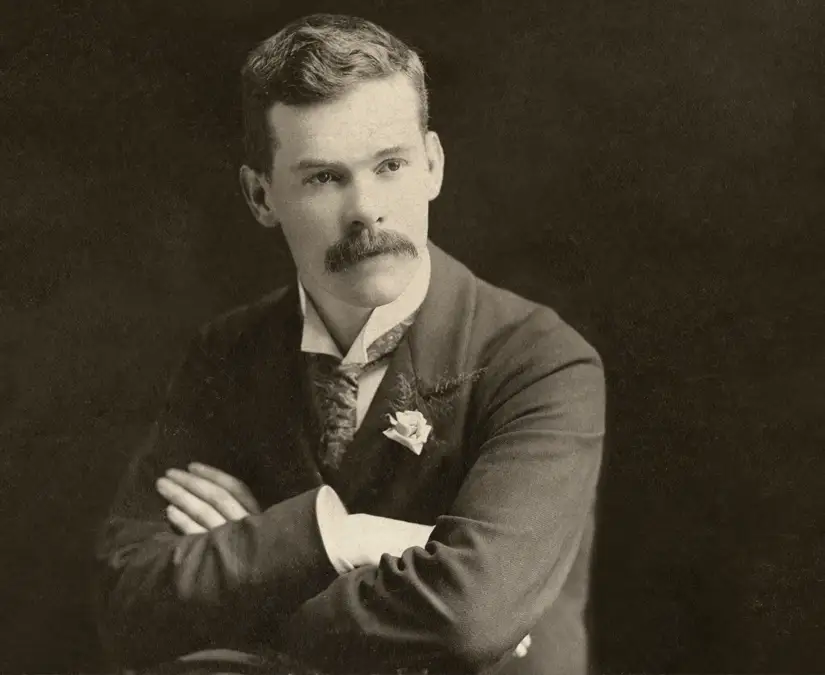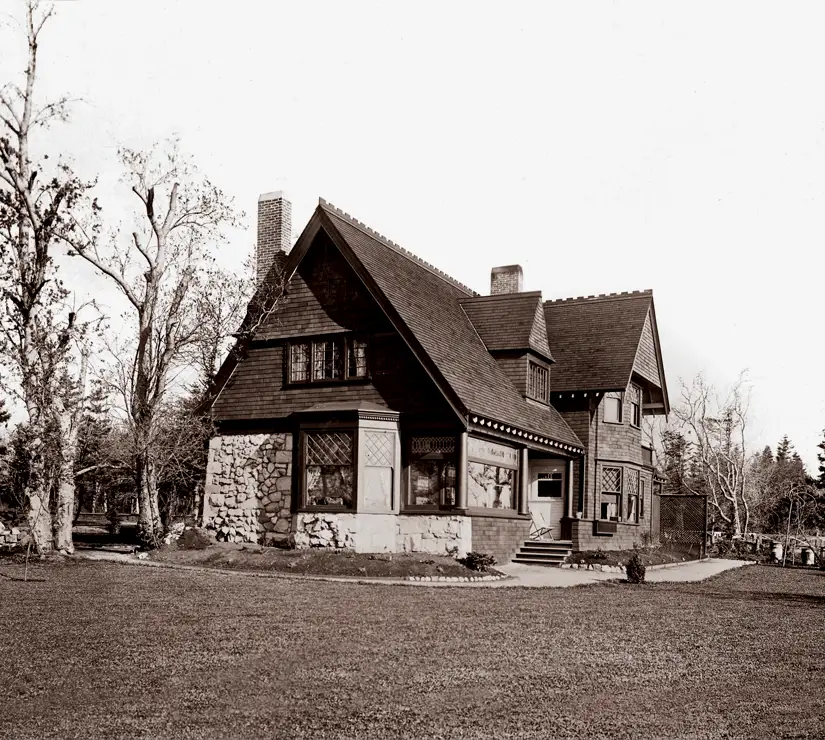RATTENBURY RESIDENCE
Francis Rattenbury was Victoria’s most prominent colonial-era architect and he did more than anybody else to create the look and feel of the city as we see it today. Recognized primarily for his grandiose structures which surround the Inner Harbour, this exhibit tells the architect’s story through an intimate look at his colourful and sometimes shocking life, with a focus on his own home in the Victoria suburb of Oak Bay.

Victoria’s Architect
Born in 1867 in Leeds, England, Rattenbury emigrated to Canada in 1891. After establishing himself in Victoria he quickly rose to prominence in 1893 when his submission of a design for the new Provincial Legislative Buildings was selected. As a result of this initial remarkable success further commissions for the architect’s work began to accumulate.
He was soon employed by the Canadian Pacific Railway as the company’s Western Division Architect. In this position he was responsible for the design of some of the grand hotels which accompanied the railway in these early days of luxury travel in Western Canada. The most prominent of these was the Empress Hotel which stands adjacent to the Parliament Buildings on Victoria’s Inner Harbour. Rattenbury’s magnificient vision for the most visible part of his adopted home town was almost complete.
The Residence
Rattenbury’s self-designed home at 1701 Beach Drive, which he named “Iechineel” (reputed to mean “a place where good things happen” in the local Strait’s Salish language), was the architect’s residence from 1898 (shown here) to 1929. Significantly extended over the years, it is an eclectic Arts and Crafts structure that documents in many ways a crucial period in the architect’s life and work. A scale model of the home forms the centrepiece of this exhibit.

